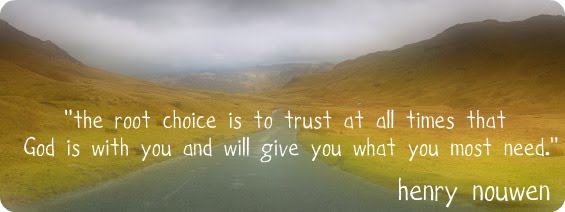Jesus calls us to be children of the light, to walk in the darkness and the light in the world, to walk in his Way and not stumble. But often the darkness seems overwhelming, our doubts, fears, and anxieties so easily prevent us from trusting, hoping, walking forward with confidence. Jesus is speaking to this reality of our existence with words and actions in the combined story of his victory parade in Jerusalem and a weird story about food. In the Old Testament and in the writings of Josephus (the Jewish historian of the 1-2nd centuries, the Mount of Olives was deemed to be the place from which God’s messiah would begin his military campaign to defeat the foes of Yahweh and bring God’s dominion in the world.
Jesus leaves from there to enter the city of Jerusalem: which was the religious, social, political and cultural capital of the Jewish nation. They waves branches ( like those used at Sukkot – the Feast of Tabernacles – to build a tabernacle, awaiting God’s definitive reign in the world). They also shout “Hosanna!” “Save us please!” and quotes from Psalm 118:26 and 2 Samuel 7, readings done at all major religious holidays as entreaties to God for God’s intervention and power to make all things new. Jesus leaves (without incident, which is really curious) and then returns the next day with a great hunger. Is it just physical, or is he hungry for what he doesn’t see in the Temple? Upon his arrival he sees a lack of fruitfulness in the tree and also the Temple. Instead of free prayer for all peoples, he condemns the Temple instititution as a place for brigands: those who rob unsuspecting folks violently.
It’s the threat of Jesus’ intense popularity and stupefying authority that frightens the religious leaders, who he calls brigands. In Mark 3:6 they’ve already decided that they need to get rid of Jesus. There jealous hatred strengthens, but they remain afraid of the crowds which support him. Mark 12:12
The story is both literal and symbolic. The tree is worthless, worthy of only being torn up so another can be planted to bear fruit. The Temple seems to be the same. Located on a mountain top, commonly called the Temple Mount. Jesus implies that it can be thrown in to the sea. Figs ad plants were often used to represent good and bad people, the Jewish Nation and the religious leaders of the Jewish people. It’s used throurgh out the two testaments as a symbol of God’s unavoidable judgement, and his radical end-time love which will embrace his people. The Temple was were the Jewish people went for forgiveness. But Jesus now says you simply need to pray and talk with God.
Jesus is storming the castle (actually the Temple), proclaiming that it is corrupt at its roots, should be destroyed and replaced. The people of the Way of Jesus – then, later as they read the gospel in its origin, and by extension us today – are invited to not lose hope even when things seem bleak and God seems distant. Our prayers are answered. We’re not abandoned by God.
Questions for Going Deeper:
- What word, phrase or image shimmers for you in the text?
- What connection exists between this story and John 15:16 (You did not choose me but I chose you. And I appointed you to go and bear fruit, fruit that will last, so that the Father will give you whatever you ask him in my name)?
- How does this intersect or interact with your life today?
- What invitation do you hear from God in this text to act, say, be or do?
